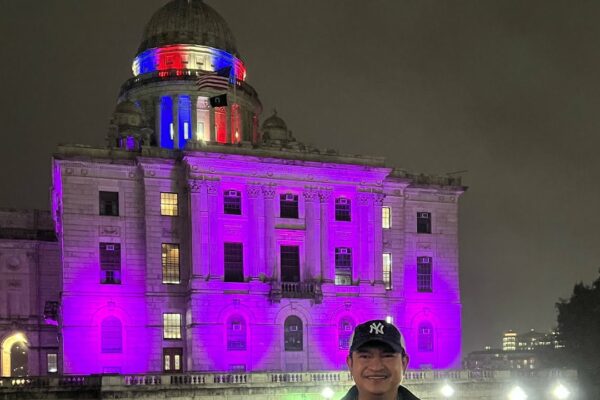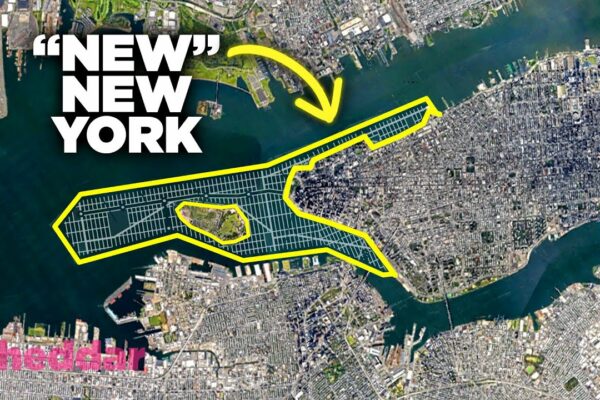
Is Rhode Island known as a city?
Rhode Island, the smallest state in the United States, is often misunderstood as a city due to its compact size. However, Rhode Island is not a city but a state, encompassing multiple towns and cities within its borders. Its nickname, “The Ocean State,” reflects its vast coastline and maritime heritage. While Providence is the capital and largest city, Rhode Island offers a diverse landscape and vibrant communities beyond its urban center.






